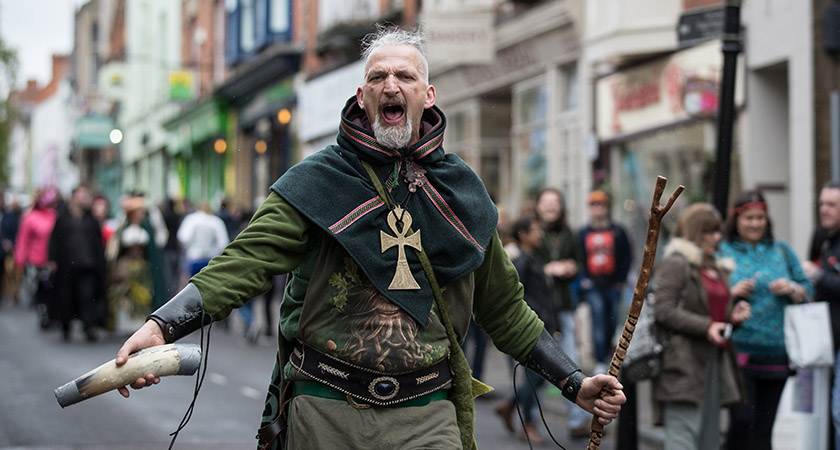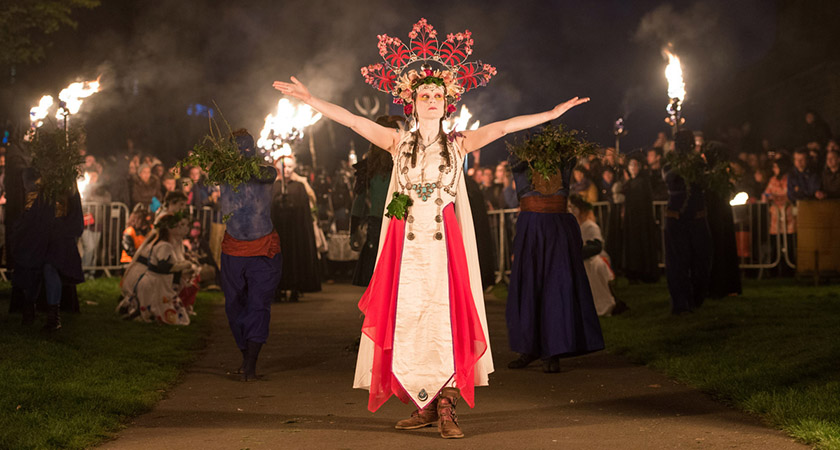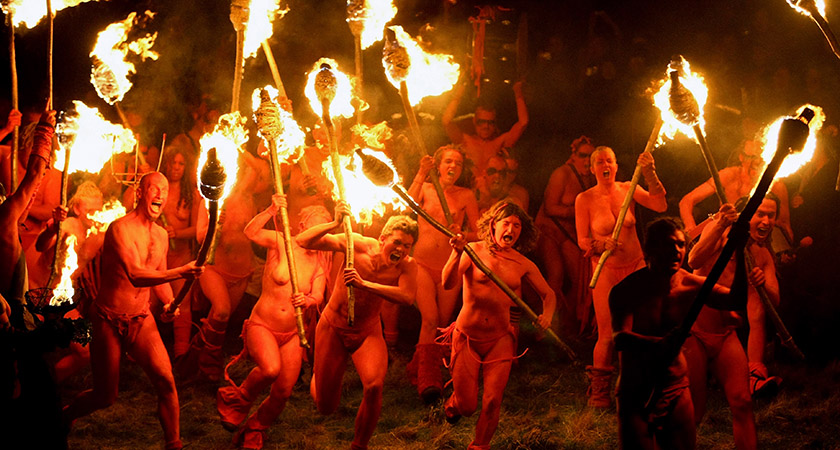THE Irish festival of Beltane has ancient pagan origins and marks the beginning of summer beginning on May 1.
Once widely celebrated throughout Ireland, Scotland and the Isle of Man – Lá Bealtaine, as it is known in Irish, largely died out by the mid-20th century.
However, many of its customs continue to this day and it has even been revived as a cultural event by ‘neopagans’ and Wiccans.
Here are seven things you should know about Ireland’s forgotten May Day festival…

Picture: Matt Cardy/Getty Images
1. Beltane comes from the Celtic word meaning “fires of Bel” – a reference to the Celtic sun deity, Belenus.
2. The ancient Celts used Beltane to celebrate the coming summer with feasts and rituals that honoured fertility.
3. Until the 19th century, the ancient practise of driving cattle between two bonfires – a custom believes to magically shield the animals from disease – was still practised in Ireland.

Picture: Roberto Ricciuti/Getty Images
4. Beltane is one of four major Celtic pagan festivals, along with Samhain, Imbolc and Lughnasadh.
6. Edinburgh’s Beltane Fire Festival on the night of April 30 is one of the world’s most famous Beltane celebrations and draws people from around the world for ancient festivities.

Picture: Matt Cardy/Getty Images
7. Modern pagans, aka neopagans, usually celebrate on April 30 to May 1 in the Northern Hemisphere and on October 31 to November 1 in the Southern Hemisphere, beginning and ending at sunset.
8. Beltane is a time for planting and cultivating. Certain trees have distinct associations with the pagan festival, including ash, oak and hawthorn.
9. Beltane celebrations commonly involve dancing around a maypole, which is a spring fertility ritual found in many folk traditions.

Picture: Jeff J Mitchell/Getty Images
10. The festival is in many ways the opposite of Samhain, which is celebrated six months earlier and marks the coming of winter and infertility.
11. It is similar to the ancient Welsh festival of Calan Mai, which is also held on May Day.
12. Beltane is all about fire and bonfires are the most iconic symbol of the festival. Fire represents purification and revitalisation after the winter time, with ancient people believing it to bring fertility and good fortune.





